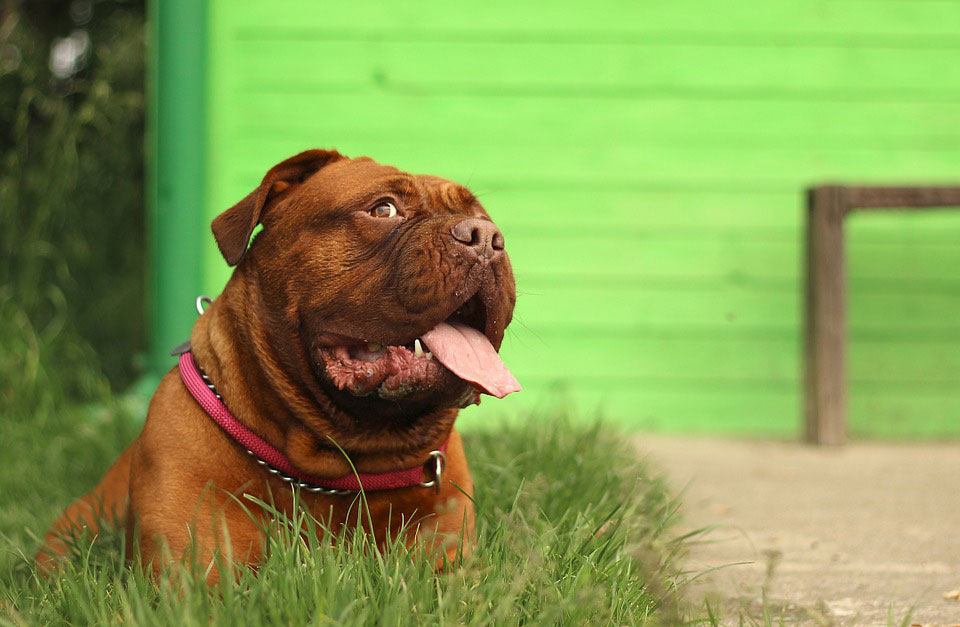
Let’s Talk Teeth
Let’s Talk Teeth
Or rather, more specifically, periodontal disease. The best kind of care for your pet is preventative care, and that often starts with taking care of their teeth. Have you ever had your dentist drill into you the importance of taking care of your teeth and your gums because it helps to take care of the rest of you too? A healthy mouth is the first step to a healthy pet. Periodontal disease is the most prevalent health disorder in both felines and canines, with most canines showing signs of this disease by the age of three. Periodontal disease can be very detrimental to your pet’s health and as you are their best defense against it, it’s important to know just what it is, where it comes from, how to treat it, and how to prevent it.

What exactly is periodontal disease?
Any time you eat, your teeth naturally retain bits of food particles and bacteria that then turn into plaque. The more your pets eat without their teeth being cleaned in between, the plaque will continue to build up and over time will mineralize and harden to form calculus. As humans do, this is where we’d take a toothbrush and some floss to our teeth and gums, ridding them of any lingering plaque or calculus. Our pets, however, depend on us to take care of this part of the equation and can suffer if it’s left untreated. Bacteria will make its way into the bloodstream by way of the teeth and gums, feeding the body infectious organisms. That bacteria can then overwhelm the body’s immune system and take residence in the heart. This can lead to heart murmurs and eventual heart failure. That same bacteria can also be lodged in the kidneys, causing infection, inflammation, and acute damage. Over time, this can result in kidney failure.

How do I know if my pet is showing signs of periodontal disease and what do I do?
Because this disease progresses over time, any symptoms your pets show will also progress. Early signs of periodontal disease can be decreased appetite due to swollen and painful gums, which can materialize with them favoring their mouths. The most common sign, and perhaps the most overlooked as something inevitable but actually isn’t, is bad breath. Bad breath is a sign that something is amiss inside their mouths and needs attention. As the disease progresses, so do the signs. Other things to keep an eye on are gum recession, bleeding of the gums, tooth loss, and infected teeth. Teeth that are infected but don’t fall out can cause abscesses, which are marked by sinus infections and nasal discharge. Keep an eye, too, on the outer surface of the upper premolars and the inner surface of the lower incisors and premolars as ducts empty into the mouth and saliva is conducive to calculus formation. A good rule of thumb when watching for and identifying symptoms of periodontal disease is to know that you know your pets the best, and you know when something isn’t right, or they’re acting differently, or they’re in pain. If you think they’re showing symptoms or you’re just not sure, give us a call and we will always be happy to take a look. If they are showing symptoms, we can treat this disease in its early stages with scaling and polishing to remove calculus. This must be done by a veterinarian only.

Now that I know what it is and what to look for, how do I prevent it?
We humans go to the dentist generally a couple times a year – once for a checkup and at least once for a cleaning. You go because you know it’s important to take care of your teeth and your gums beyond just what your toothbrush and your floss can do. A solid foundation of good oral care is also the foundation for a healthy body and life. Your pets need the same kind of care for their teeth and gums, they just cannot drive themselves. It is crucial for your pet, just as it is for you, for them to have yearly dental exams with their veterinarians. Beyond that, it is extremely important for you to develop an at-home care regimen. Being able to brush your pet’s teeth is the goal, but start by first using your finger to help get them acclimated to and comfortable with having a strange object in their mouths. Make sure to only use toothpastes specifically for pets. A popular trick is to give your pets dental treats for them to chew on and work some of that plaque off on their own, but they shouldn’t be relied on as the only dental care.
If you think that your pet might be showing signs of periodontal disease, please give us a call and make an appointment.










































